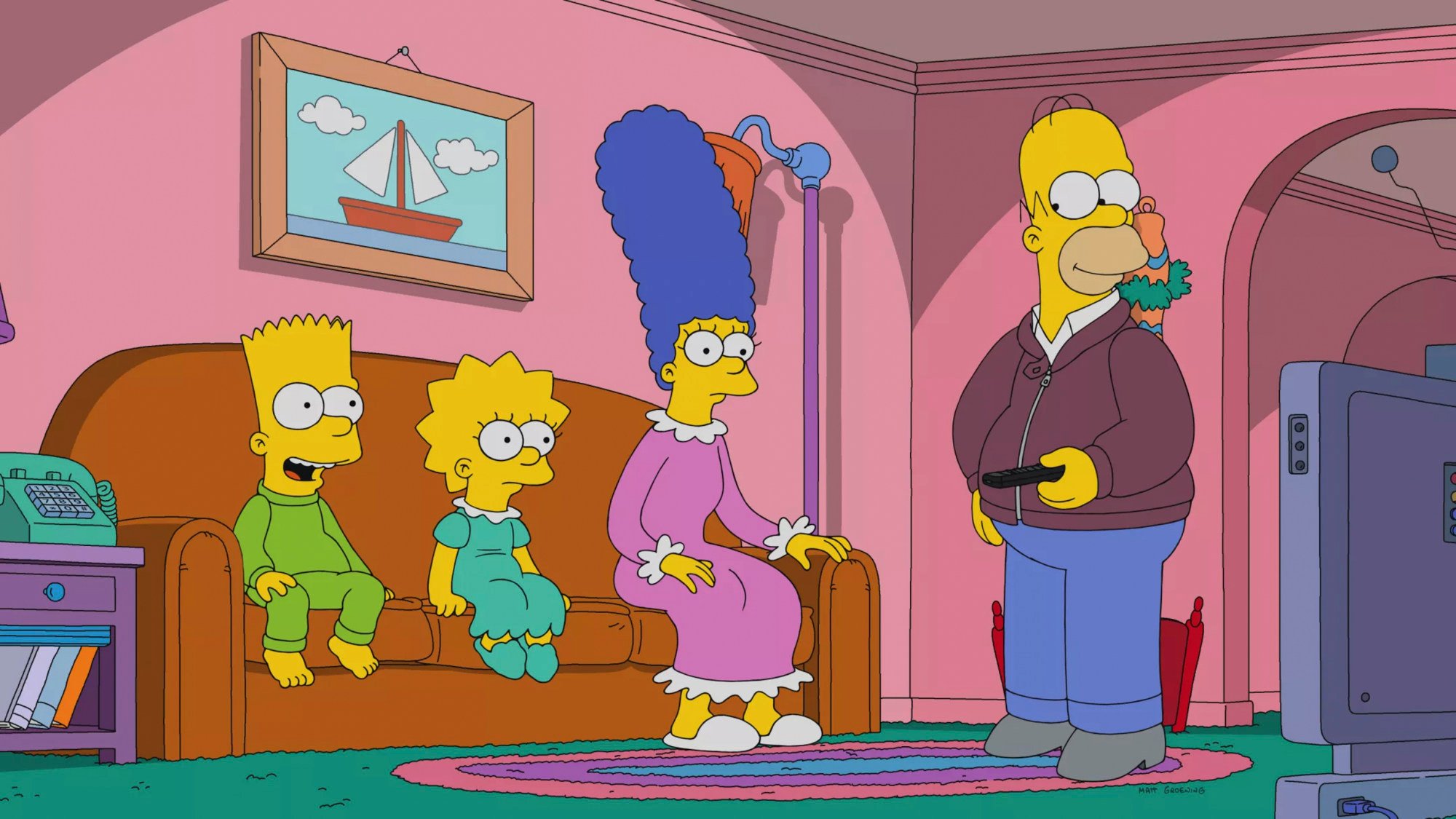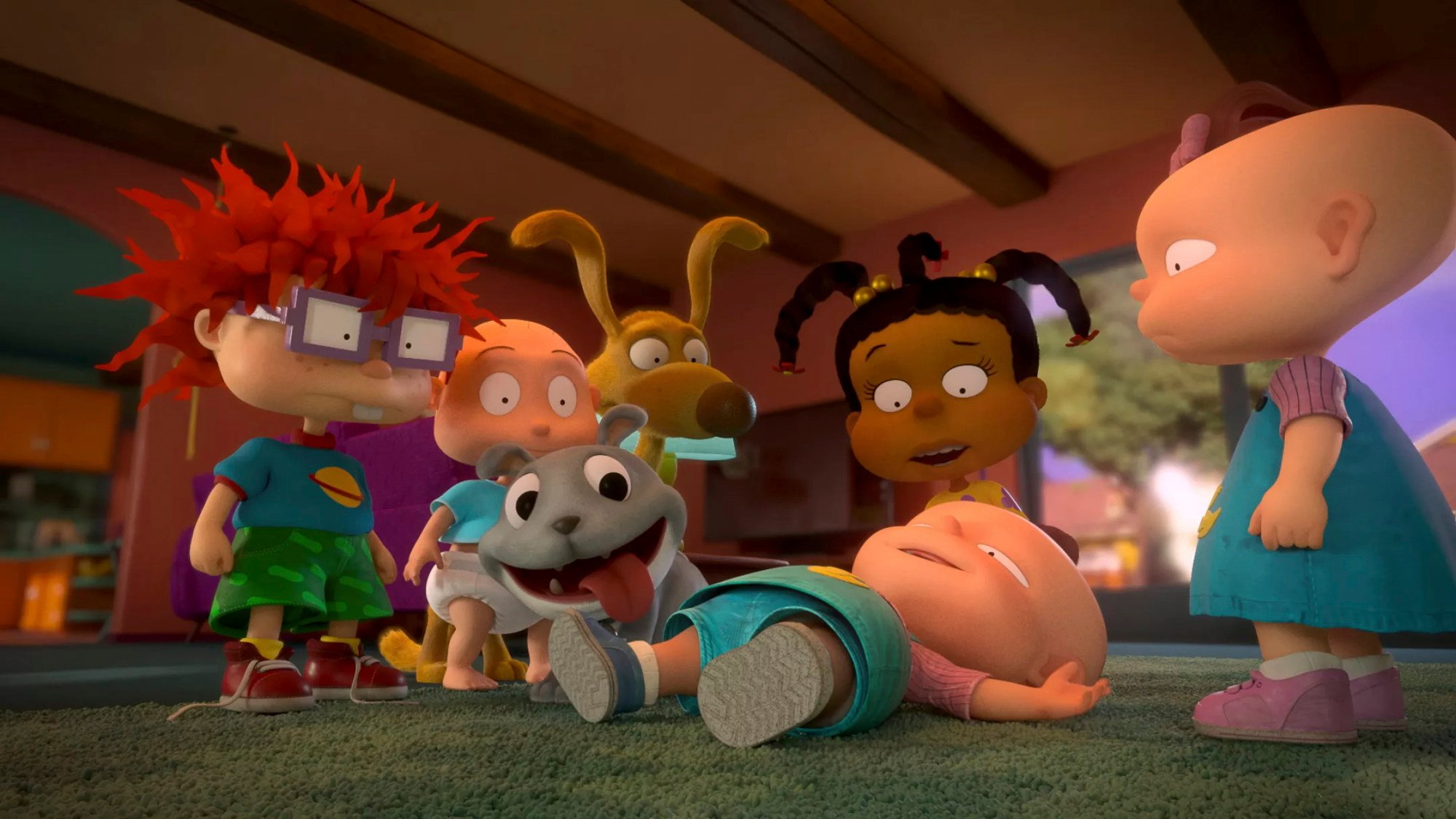
Animation’s roller-coaster ride on Netflix and other streaming services leaves creators demoralised but hopeful they can get their independence back
- Streaming platforms thought animation was ‘pandemic proof’ and poured money into developing content. Then their algorithms told them otherwise
- A new age of ‘Darwinism’ is seeing Max, Apple TV+ and even Disney cancel slow-to-produce cartoons. Those who make them aren’t happy, but say there’s hope
Developing an animated show takes time. When Tze Chun pitched his Gremlins prequel series about five years ago, it was for an “unnamed Warner streaming service”.
“I think it was [one of] the first things that they bought, so that gives you an idea of how long we’ve been working on this,” recalls Chun, executive producer of Gremlins: Secrets of the Mogwai, which premiered last month on streaming platform Max.
Even that was “very quick in animation time”, adds executive producer Brendan Hay.
The same can’t be said for streaming itself. In the four years since the first reports that a Gremlins prequel had been approved, that “unnamed streaming service” was given a name, launched, acquired in a mega media merger and relaunched with a brand new name and catalogue – and with a slimmed-down animation portfolio.
The result has been a roller-coaster ride for animation.
Streaming, once touted as a boon for the animation industry and the herald of a new golden age, hit up against the economic realities behind these new media endeavours.
In particular, 2022 was a tough year for animation, with streaming services scrapping numerous projects and removing existing titles from their platforms completely.
After announcing it had lost 200,000 subscribers in the first quarter of 2022, Netflix started cancelling animated shows, both ongoing series and those in various stages of development.
While some of these decisions were reportedly based on creative reasons, they were made against a backdrop of lay-offs – including 70 part-time animation-related jobs – designed to cut costs amid a stock price decline.
We seem to be going through this time of heightened Darwinism in media and it’s pretty nuts
The streaming platform formerly known in the US as HBO Max (it still is called HBO Max in other parts of the world) followed suit, not only cancelling projects but also removing several titles, including a number of acclaimed animated shows, from its library starting in August 2022.
Series wiped from the service included HBO Max originals as well as Cartoon Network favourites.
For artists and fans, it seemed as if a Rubicon had been crossed: many had assumed, as it turned out wrongly, that a show made for a streaming platform would always be available on that platform to subscribers.
In order to cut costs amid uncertainty around the profitability of streaming, Disney removed a number of titles from both Disney+ and Hulu in late May. In the current environment, maintaining an exhaustive library to appeal to subscribers is not seen as the winning strategy it once was.
Makers of Disney and Pixar’s Elemental on tolerance and ‘breaking the rules’
“We seem to be going through this time of really heightened Darwinism in media and it’s pretty nuts,” says Stephen P. Neary, the creator of The Fungies, a HBO Max original series that was among those pulled from the platform in 2022.
“When I heard about the Batgirl movie getting cancelled and realised that was going to be a tax write-off so you would never see it, I was almost relieved that The Fungies still existed in some form [before] getting pulled,” Neary adds.
It wasn’t always like this.
For years, Netflix was known for its lavish spending as it bulked up its library of licensed and original programming.
The Super Mario Bros Movie: a sporadically funny outing mostly for fans
Much like their live-action counterparts, these creators were drawn in by the promise of creative freedom: the perception was that Netflix was willing to let artists take risks because all shows had a place on the streaming platform in its race for more subscribers.
“I started out pretty optimistic,” says Elizabeth Ito, who created the Peabody- and Emmy Award-winning City of Ghosts while at Netflix.
“It directly provided me this opportunity to create a show and the beginning of being at that specific place, at Netflix, it undeniably felt really hopeful.”

This artist-friendly approach appealed to all levels of talent. In addition to courting specific creators for their unique visions, Netflix Animation was building its ranks with other hires to make sure all shows that were expected to go into production could be adequately staffed.
As “Netflix was exploding, it was a really competitive time to find talent, to find board artists to work on your show”, Neary says. “I think a lot of us were feeling just how scarce talent was. It was a scramble.”
Netflix was not the only streaming service working to expand its library with animation. Kids and family programming increased retention among subscribers with children.
Animation and artists are going to survive. It’s trying to figure out how we stop all the money from going to these rich dudes
And those who grew up on shows from The Simpsons to Avatar: The Last Airbender now form a sizeable audience of adult viewers who not only watch a lot of animation but also have a habit of repeat viewing.
The reality is far from it. Animators now realise streaming brings with it one wrinkle: platforms’ reliance on mysterious algorithms and opaque data to measure success determines budgets and shapes programming decisions. That, plus the long development window for animated projects, could lead to whiplash.

“I feel like there was just a giant shift at least every six months in what Netflix specifically was looking for,” Ito says.
“The speed at which they throw out ideas and then try new ideas just doesn’t work with something like animation, because it takes so much longer to put our projects together.”
By some accounts, the latest boom-and-bust cycle has left morale among those currently working in animation at a low. And it’s not simply a function of labour unrest in Hollywood or because the streaming bubble may have burst.
Guillermo del Toro’s Pinocchio: stop-motion animation masterpiece
It’s also because of yet another shift back towards projects derived from existing intellectual property – adaptations, sequels and reboots.
“It’s a b**mer,” Neary says, “but I’m still gonna keep pitching stuff and keep trying.”
Although he was heartbroken when The Fungies was pulled from HBO Max in 2022, he now focuses on the good. After initially pitching a version of the show in 2014, it survived two mergers and a pandemic amid shifting corporate interests to make it into the world.

“I’m really proud of the work that we were able to do under those conditions,” Neary says. “We worked for two years from home and made 80 episodes, that’s really unheard of … That overshadows all the bummer vibes.”
Hay, the Gremlins executive producer, hopes that the industry is “reaching a more sustainable place that’s somewhere in between the peaks and valleys it’s been the last few years.”
He is also optimistic about shifts he is seeing in the kinds of shows that are getting made, such as those geared toward teenage audiences.
12 great animated documentaries to watch after the Oscar nominee Flee
“I feel like for a very long time, you had your kid shows and then you had, like, adult comedy, and there was nothing in between in American animation,” Hay says.
“I know on the writer and artist side, we’re all, like, champing at the bit to make shows like that … I feel like, looking around and talking to friends who work elsewhere, I think that’s starting to come.”
Whether artists work on their passion projects at their job or keep at it on the side as they juggle freelance work to make a living, they continue to show their resilience.
“Animation and artists are always going to survive,” Ito says. “I think it’s just [about] trying to figure out how we get our more independent community back and how do we stop all the money from only going to these rich dudes.”

